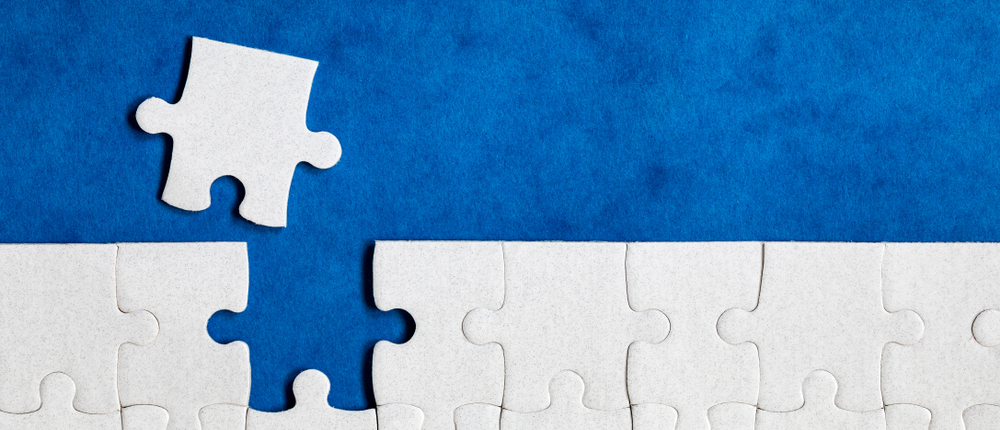I haven’t met many people who look forward to reorganizations. They are one of the most challenging and disruptive times for people. Reorganizations are also risky. A McKinsey survey found more than 80% fail, and 10% cause real damage to the company[1].
However, at times a reorganization is a necessary step in your transformation process. I have helped many organizations through restructuring. Several years ago, I helped an organization that had recently completed a large reorganization. Still, the leaders and employees were struggling to deliver services and work in the new environment. They were concerned they would need to reorganize again to get the intended results.
Through our conversations, we realized that although they talked about the reorganization being complete, it wasn’t. They had overlooked a critical phase of the reorganization process. As a result, people were struggling with working in the new environment.
Implementation of the New Structure Doesn’t Signal Completion
Like others we have worked with, the leaders in this organization stated they had completed the reorganization because they had completed the tasks and deliverables in their project plan.
The problem was the tasks and deliverables in their project plan only accounted for concrete activities needed to complete the Event portion and not what was required for people to navigate the full breadth of the Whitespace. For example, the project plan included developing a new org chart, writing the new job descriptions, redesigning processes and other similar activities needed to enable a restructuring. The plan also had communication and training.
Believing the reorganization was complete when they implemented the new structure, they closed the project. But the project was not complete.
The leaders had overlooked the critical portion of the transition. That is the portion that comes after implementing the new structure and before it is normalized and feels stable to the people making the transition.
I call this phase of a reorganization the on-boarding phase.
On-boarding Phase of the Reorganization
After the new structure and people are in place, you need an on-boarding phase. The on-boarding phase of your reorganization gives people time, support and resources to make the new environment normal. When activities required for people to “live” in the new environment are not there, your risk of failure increases.
It’s easy to overlook this phase because so much of the work is intangible. In addition, the activities and support required are often difficult to quantify. Weekly check-in conversations with the people in new roles in this phase can help. These conversations can help them with the letting go process and help identify barriers or challenges as they become confident in their new role.
Planning for the Transition Sets your Reorganization up for Success
Leaders who declare a reorganization complete before the normalization period increase the risk that other organizational changes will fail. You may introduce a change that depends on the new structure too soon. Or the new design isn’t stable enough to handle the transition. Thus, putting both the reorganization and subsequent change initiatives at risk of failure.
 Therefore, when planning for your reorganization, ensure you allocate the time and resources needed for people to complete the transition and not just the event.
Therefore, when planning for your reorganization, ensure you allocate the time and resources needed for people to complete the transition and not just the event.
You know the new structure has normalized when people work confidently, comfortably, and competently in their new roles and the new environment. How long this takes will depend on the level of people’s readiness, support and what you do after implementing the new structure.
If you’re planning a reorganization or in the middle of one that is not going well, reach out. We can show you how to reduce the risk of reorganization and help your employees move through with less stress and lost productivity.
References
[1] Heidari-Robinson, S., & Heywood, S. (2016). Getting Reorgs Right Harvard Business Review. Retrieved from https://hbr.org/2016/11/getting-reorgs-right



